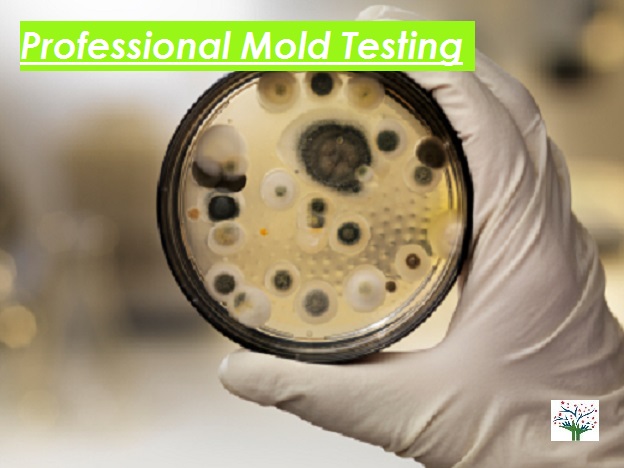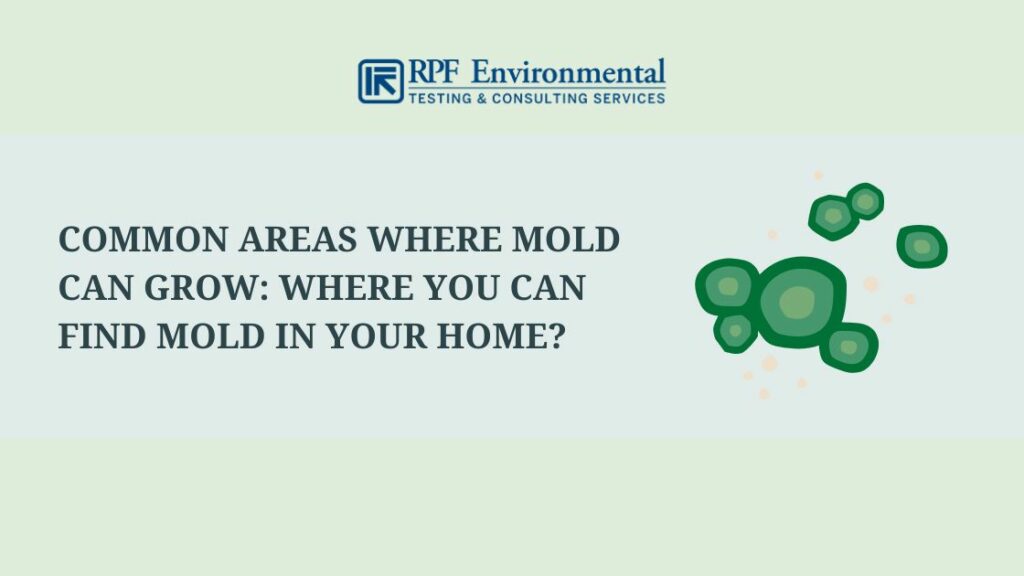Mycotoxin testing Services: A Trick Component in Danger Management Techniques
Mycotoxin testing Services: A Trick Component in Danger Management Techniques
Blog Article
Ensuring Compliance With Regulations: the Role of Mycotoxin Testing in High Quality Control
Guaranteeing compliance with rigorous policies is paramount for preserving food safety, and the function of mycotoxin screening in quality control can not be overemphasized. Mycotoxins, hazardous substances produced by specific mold and mildews, pose substantial wellness risks, making their detection critical in food manufacturing.
Understanding Mycotoxins
Comprehending mycotoxins is essential to guaranteeing the high quality and safety of farming products. Mycotoxins are harmful second metabolites generated by particular types of fungi, commonly found in foodstuffs such as grains, nuts, and flavors. These compounds can occur at different phases of the food production process, from pre-harvest to storage, and present considerable health and wellness dangers to both pets and human beings (Mycotoxin testing Services). The most notorious mycotoxins include aflatoxins, fumonisins, ochratoxins, and trichothecenes, each connected with certain fungal varieties and ecological conditions.
The visibility of mycotoxins in food items can cause persistent and severe health concerns, consisting of liver damage, immune suppression, and cancer causing effects. Their detection and metrology are important elements of top quality control in agricultural and food sectors. The complexity of mycotoxin contamination demands a diverse strategy, employing advanced analytical strategies such as liquid chromatography, mass spectrometry, and enzyme-linked immunosorbent assays (ELISA) By recognizing the sources, types, and effects of mycotoxins, stakeholders in the agricultural sector can better implement preventative procedures and mitigate dangers, ensuring much safer consumption for end-users. This understanding forms the bedrock upon which reliable mycotoxin monitoring methods are developed.
Governing Standards for Mycotoxins
Having developed a fundamental understanding of mycotoxins and their influence on food safety, it is important to examine the governing criteria controling their existence in agricultural products. Regulatory requirements for mycotoxins are essential because they define permitted limitations, making sure food security and securing public health and wellness. Numerous global and nationwide companies have actually set these limitations based on extensive risk evaluations.
The Codex Alimentarius Compensation, an international body developed by the FAO and that, provides guidelines and maximum allowed degrees for different mycotoxins in food and feed. As an example, the Codex has established restrictions for aflatoxins in peanuts, maize, and dried figs, among other commodities. These requirements are usually adopted or adjusted by individual nations to fit their specific demands.
In the European Union, Guideline (EC) No 1881/2006 states optimum levels for numerous mycotoxins, such as aflatoxins, ochratoxin A, and deoxynivalenol, in different food. The U.S. Food and Medication Management (FDA) has actually developed activity levels for mycotoxins like aflatoxins in commodities such as grains and nuts.
Adherence to these regulative criteria is essential for preserving market access, customer depend on, and public health and wellness. Non-compliance can lead to substantial economic losses and wellness dangers, underscoring the value of strict mycotoxin screening procedures.
Testing Techniques and Technologies

ELISA is widely appreciated for its fast and economical testing capacities, making it excellent for high-throughput atmospheres. It relies on antibodies to find details mycotoxins, giving lead to a reasonably short time framework. However, its sensitivity may be restricted compared to a lot more sophisticated strategies.
HPLC, on the other hand, stands out in providing measurable evaluation with high precision and precision. It separates complex mixes right into private parts, making it highly efficient for identifying and evaluating several mycotoxins concurrently - Mycotoxin testing Services. This strategy, while more resource-intensive and taxing than ELISA, offers a higher degree of integrity

LC-MS stands for the peak of logical uniqueness and level of sensitivity. Combining the splitting up power of fluid chromatography with the discovery abilities of mass spectrometry, LC-MS can spot even trace levels of mycotoxins. This method is important for verifying the presence of mycotoxins in forensic and regulative contexts, ensuring compliance with rigorous safety criteria.
Implementing Examining Procedures

Integrating these innovative testing methods into a comprehensive high quality control framework requires a well-structured technique to applying testing protocols. To accomplish this, companies must first perform a complete threat analysis to identify potential mycotoxin contamination points within the supply chain. This assessment informs the development of a tailored screening approach that deals with particular vulnerabilities.
Next, establishing standard sampling treatments is vital. Constant tasting makes certain that test outcomes are trustworthy and representative of the whole batch (Mycotoxin testing Services). Abiding by guidelines from regulatory bodies, such as the FDA or EFSA, helps maintain compliance and improves the trustworthiness of the screening process
Training personnel is another crucial component. Personnel needs to excel in both example collection and the procedure of testing equipment. Regular training sessions and certification programs can ensure that employee remain updated with the most up to date techniques and regulatory adjustments.
Advantages of Mycotoxin Evaluating
Mycotoxin screening supplies various benefits that considerably This Site enhance the safety and security and high quality of food and feed products. Largely, it functions try here as an important control step to stop contaminated items from reaching the customer market, thereby guarding public health. By recognizing and measuring mycotoxins such as fumonisins, ochratoxins, and aflatoxins, producers can make certain that their products satisfy stringent regulatory criteria, therefore staying clear of potential lawful repercussions and linked expenses.
In addition, mycotoxin testing adds to the financial feasibility of food and feed industries by lessening the threat of large-scale item recalls. The capability to separate and discover polluted sets early in the production process lowers waste and protects against the economic losses related to damaged brand name track record. It promotes consumer count on and commitment, as customers are significantly aware of food security issues and demand greater high quality requirements.
The implementation of routine mycotoxin screening likewise advertises finest methods within agricultural and manufacturing markets. By adhering to extensive testing protocols, companies can enhance their quality assurance procedures, improve operational effectiveness, and make certain the regular manufacturing of risk-free, top quality products. Finally, the benefits of mycotoxin testing are multifaceted, adding to public health, economic security, and sector stability.
Final Thought
Mycotoxin testing is important in guaranteeing compliance with governing requirements, thus keeping food security and quality assurance. By systematically spotting harmful mycotoxins, this technique helps minimize wellness dangers, avoid lawful consequences, and avoid monetary losses related to product recalls. Implementing robust testing protocols fosters consumer count on and self-confidence in food security practices, inevitably supporting the integrity and reputation of food organizations. Therefore, mycotoxin screening stays discover this info here an indispensable component of contemporary food safety and security management systems.
Making sure conformity with stringent policies is extremely important for maintaining food safety and security, and the role of mycotoxin testing in quality control can not be overstated.In the realm of mycotoxin testing, advanced modern technologies and methods are essential in ensuring food security and regulatory compliance.Mycotoxin screening provides many advantages that significantly enhance the security and top quality of food and feed items.Mycotoxin screening is crucial in guaranteeing compliance with regulative requirements, therefore maintaining food safety and security and top quality control. Thus, mycotoxin screening continues to be an important part of contemporary food safety management systems.
Report this page